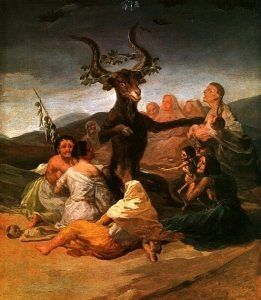
Witch women in the middle ages
#history
It must be borne in mind that in its quest to guarantee Christian orthodoxy, the Tribunal of the Holy Inquisition was not dedicated exclusively to pursuing the great heresies: Judaism, Mohammetism, Protestantism, but also to correct the errors of old Christians, among others those that had to do with the particular way of understanding religious experience. In this sense, the Council of Trent (1545-1563) defined Catholic orthodox practice and sacramental ritual.
Although the woman would be persecuted by the Inquisition on the basis of alleged crimes linked to the secret exercise of Judaism, satanic rites, bigamy, Moors who practiced childbirth in the Islamic way, matchmakers, mystics and visionaries, this time we will focus mainly on the persecution of “witches”.
The persecution of women for “witchcraft” or “sorcery” intensified in the 15th and 16th centuries, when thousands lost their lives in the hands of the inquisitors, who expanded the “witch hunt” to other continents after circumnavigation.
Among the women that the church considered witches were educated women who had studies, gypsies, mystics, nature lovers who collected and knew the benefits of medicinal herbs.
- Comments (0)
- Recommended
- Milestones
Here are your recommended items...
Here are your milestones...








